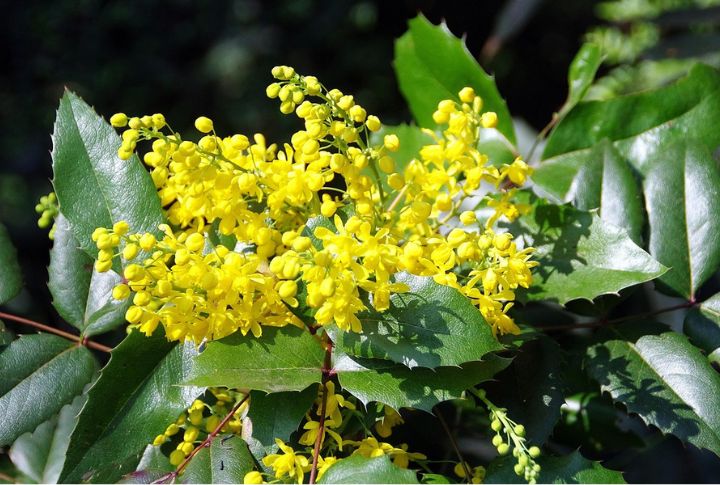
Gardens don’t hibernate, at least not all of them. While annuals cycle in and out, evergreen shrubs bring a kind of quiet commitment. You won’t find flash-in-the-pan trends here. These plants have staying power and a purpose. Let’s explore 20 shrubs that keep blooming through the calendar year to provide beauty long after seasonal stars step offstage.
Camellia
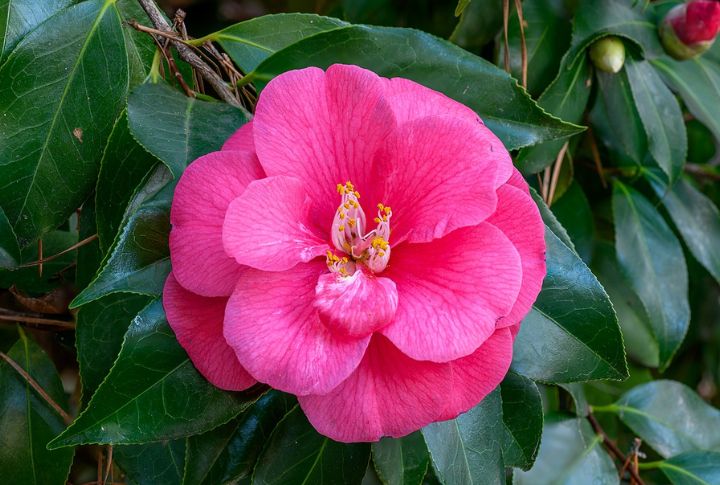
It’s rare to spot bold, elegant blooms against winter’s gray unless a Camellia is nearby. Stretching from fall into spring, its colors feel like defiance in cold months. The glossy leaves stay put year-round. Alabama even made it the state flower. Acidic soil and part-shade thrive right there.
Hellebore
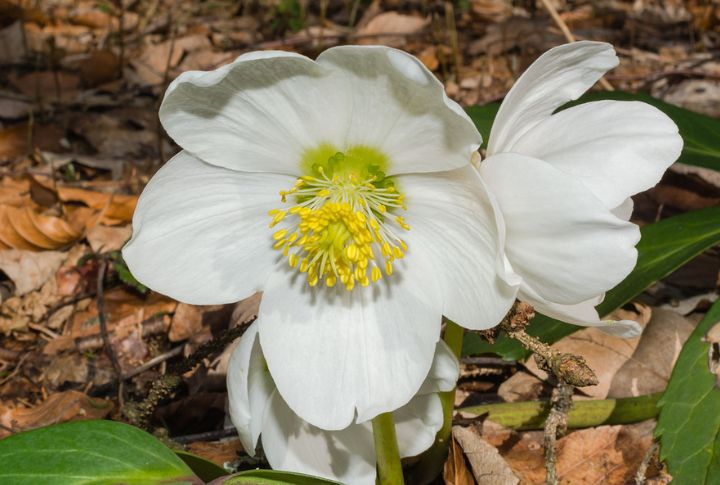
Snow doesn’t scare it. Nicknamed the “Lenten rose,” hellebore pushes through late winter like it’s spring already. Gardeners lean on it for shady spots where most flowers won’t grow. Its palette’s impressive, with deep purples, soft whites, and even pinks. Long after it blooms, those petals keep hanging on.
Azalea
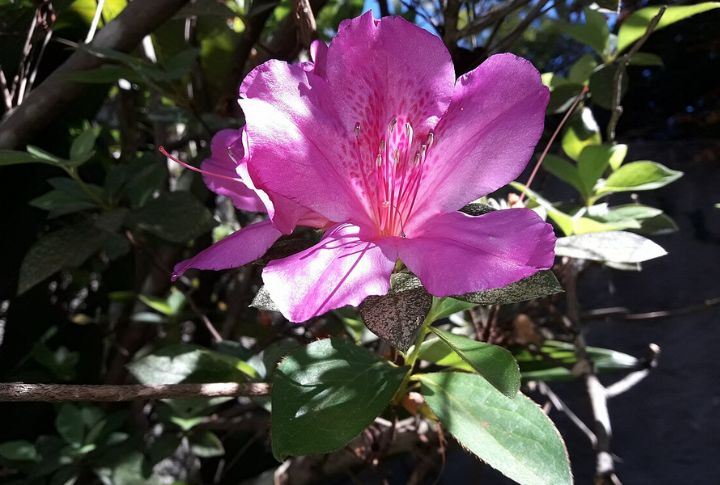
Mild winters have a secret perk: more azalea blooms. Some evergreen varieties cycle through flowers several times a year. Gardeners in warmer regions know how long-lasting that impact can be. Just make sure the soil’s acidic and the sunlight lands just right.
Pieris Japonica
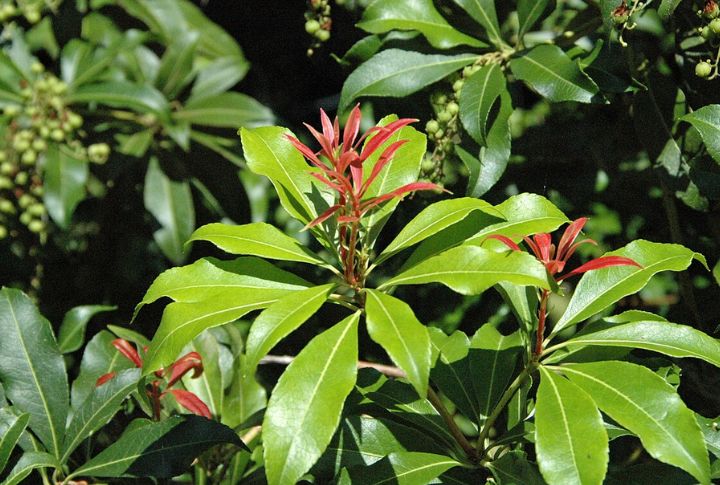
This shrub brings up a garden with structure and softness. Pieris Japonica delivers early spring with cascading white flowers. Later, its leaves flush red in winter to break up all that green. In the right shaded spot, it’ll reward you for years.
Indian Hawthorn
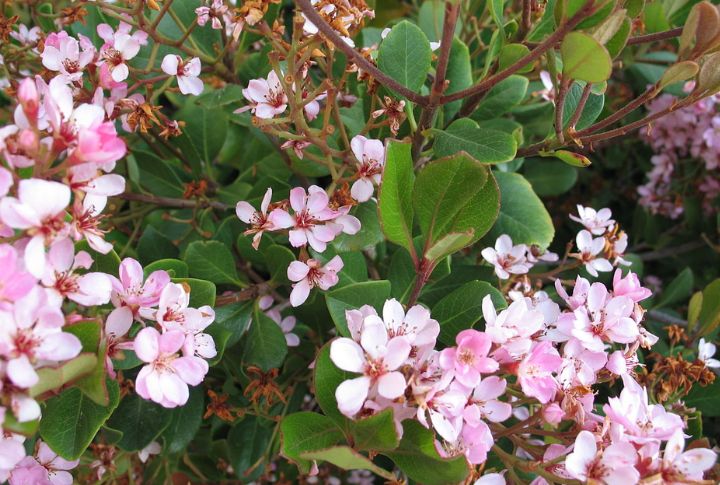
Living near the ocean often limits your planting choices, but not with Indian Hawthorn. Salt-tolerant and drought-hardy, it handles coastal conditions without complaint. Clusters of white or pink flowers show up like clockwork in spring. Its evergreen leaves never drop the ball, and birds flock to its berries come fall.
Gardenia
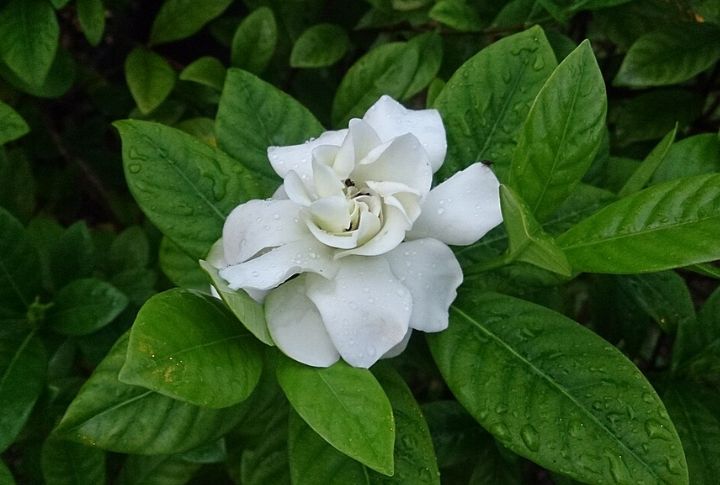
Step near it, and you’ll understand why perfumes chase this scent. Gardenia’s fragrance is rich, almost indulgent. Blooms arrive in late spring and keep going into fall. The evergreen foliage stays glossy all year. Gardeners just need to offer it acidic soil and filtered light to shine.
Evergreen Clematis
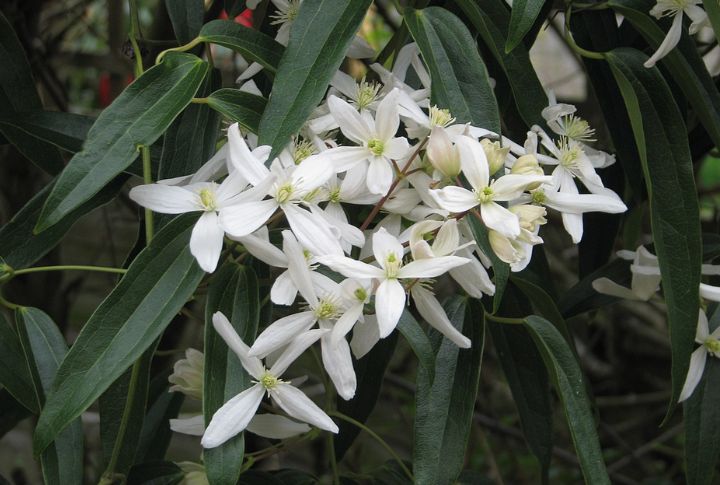
Some blooms prefer going vertical. Evergreen Clematis is one of them. It drapes trellises in creamy, fragrant flowers by early spring. This vine’s evergreen leaves climb fast, up to 20 feet in ideal sun and soil. It’s generally low-maintenance, but a few pests might sneak in during warm months.
Rhododendron
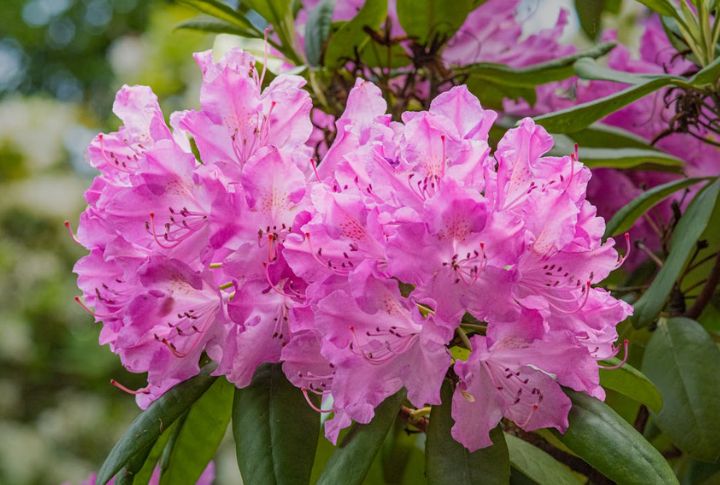
Towering forests often hold quiet surprises: wild rhododendrons in full bloom. In home gardens, evergreen types flower from early to late spring. The blossoms are oversized and come in striking purple or white. Given dappled shade and acidic soil, they’ll keep growing for decades.
Sweet Box
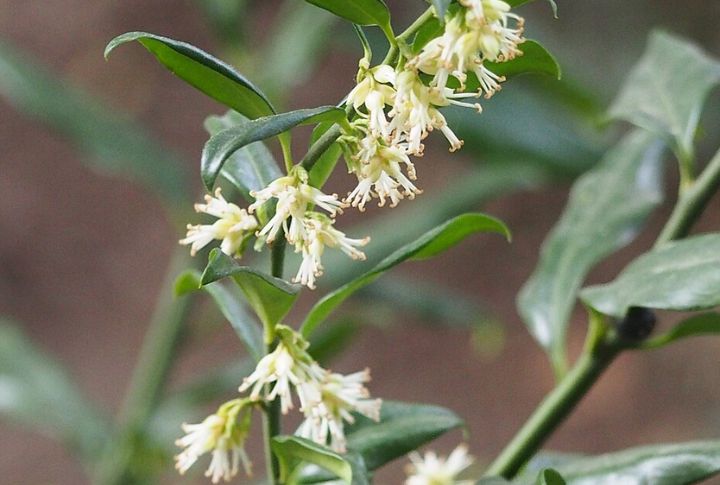
It’s easy to miss the blooms but impossible to miss the scent. Sweet Box opens in late winter with tiny white flowers that smell unexpectedly sweet. Perfect for shady spots, this evergreen adapts to most soils. Plus, it rewards birds with shiny black berries.
Mahonia
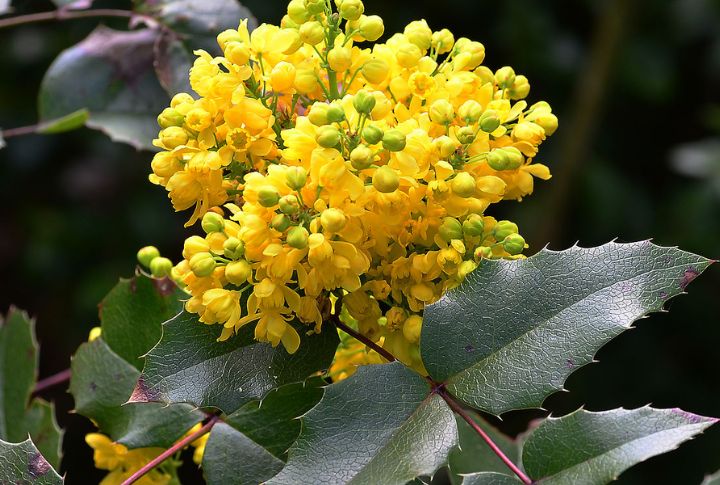
Before most plants wake up, Mahonia’s already blooming. Its yellow spikes open in late winter and give way to grape-like berries. Glossy leaves stay year-round, gaining bronze edges with the seasons. It handles drought and shrugs off deer, and Pacific roots earned it the nickname “Oregon Grape.”
Chilean Lantern Tree
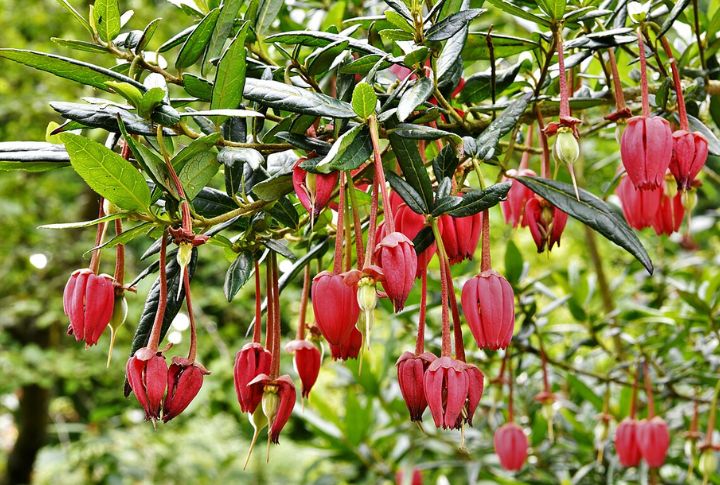
These lantern-shaped red flowers appear in early summer, drawing the eye instantly. Though native to Chile, it adapts well to temperate gardens. Evergreen foliage and graceful height make it a standout specimen tree, especially in acidic soil and moderate climates.
Daphne
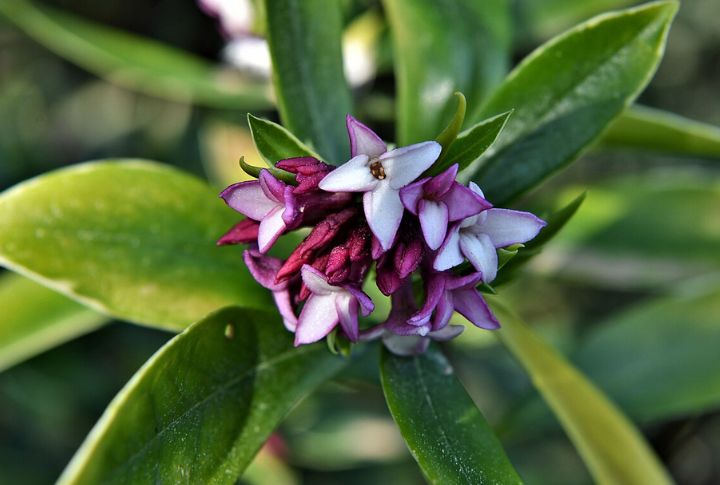
Daphne opens in late winter or early spring to offer clusters of intensely fragrant pink-to-white flowers. Its leaves keep shady corners green year-round. Early pollinators love it. Just give it drainage and shelter; Daphne thrives best when left mostly undisturbed once planted.
Boxwood
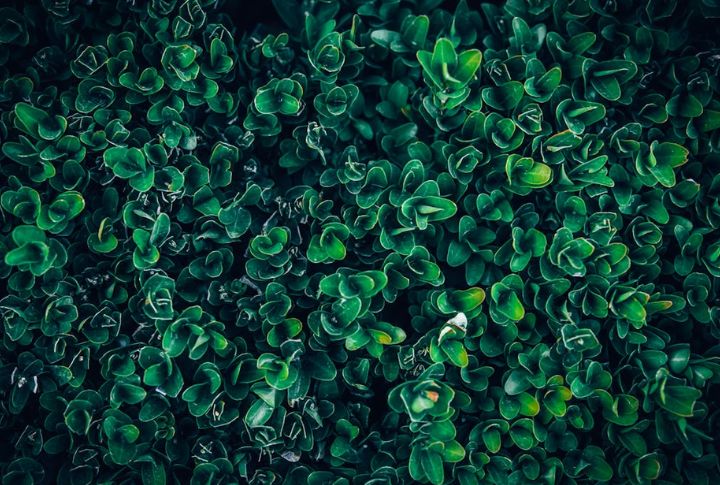
This shrub is the backbone of countless garden designs. Though its flowers are subtle, the structure it offers is anything but. Boxwood forms crisp hedges and sculptural topiaries. It does well in sun or shade and grows best in slightly alkaline soil.
Nandina
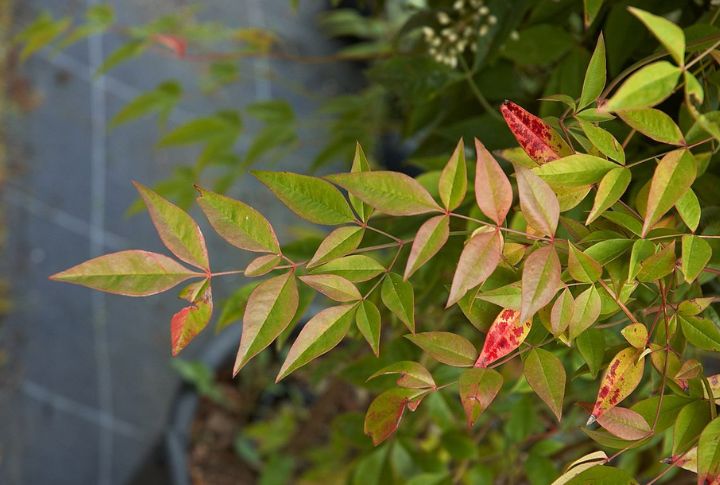
Autumn doesn’t always mean fading color. As other plants settle into dormancy, Nandina bursts with vibrant leaves and bright red berries. Also called Heavenly Bamboo, it’s not actually bamboo. Blooming in spring and tolerant of varied soil, it adapts beautifully to both formal and wild spaces.
Fatsia
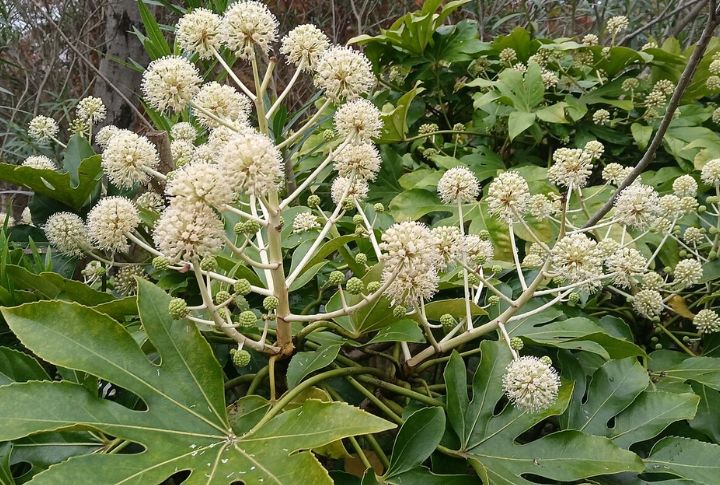
Shady spaces can feel forgotten in garden design until Fatsia enters the picture. Its glossy, oversized leaves create instant drama that lasts all year. Come late fall, it surprises with clusters of creamy flowers. This tropical-looking shrub handles low light with ease and grows steadily indoors or outside.
Cistus
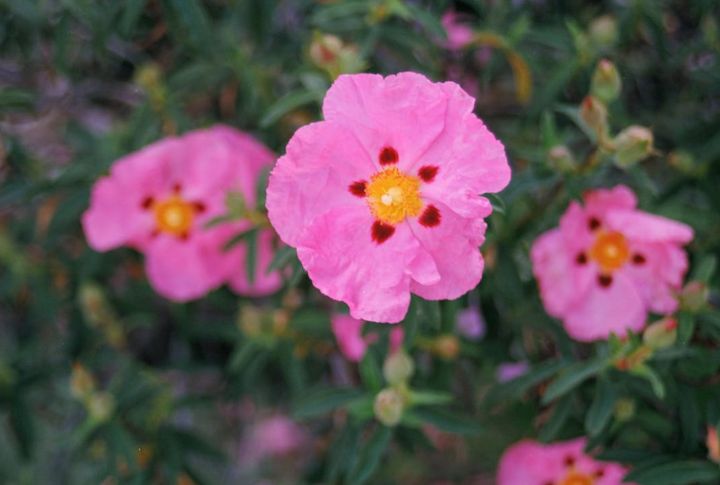
In places where little else grows, Cistus finds a way. It responds well to sun and poor soil, blooming in spring with crinkled petals that look like tissue paper—here one day, replaced the next. That’s the charm: constant renewal, zero drama.
Loropetalum
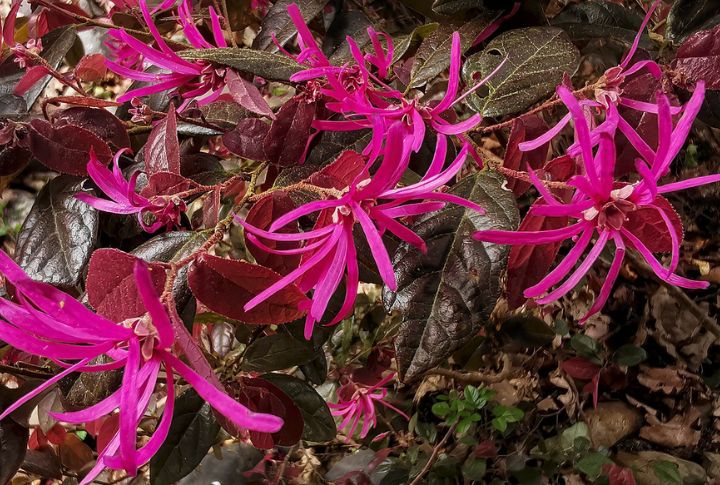
Loropetalum’s charm lies in its contrasts. Spring delivers bursts of fringe-like flowers, but the purple leaves often steal the show. Some gardeners trim it for hedges; others let it color up corners naturally. It fits into the sun or partial shade without losing its striking visual edge.
Tea Olive
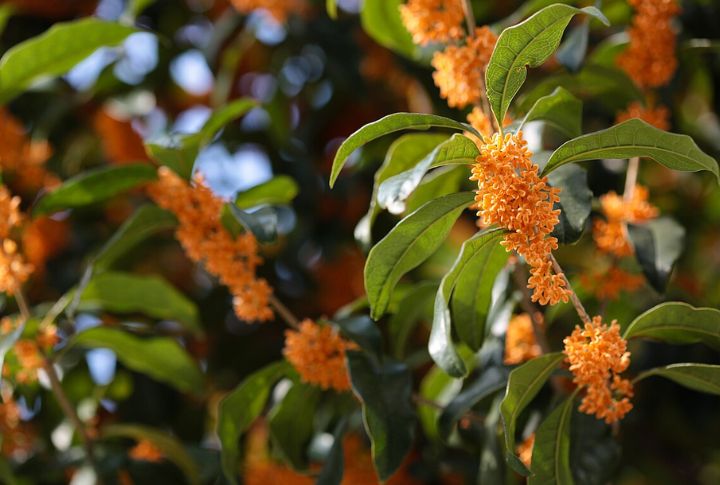
Sometimes, the scent reaches you before the plant comes into view. Tea Olive blooms late fall into winter, spreading a sweet fragrance that carries on chilly air. Its evergreen leaves offer structure while its flowers bloom without fanfare. Give it sun and a spot near a walkway.
Lilly Pilly
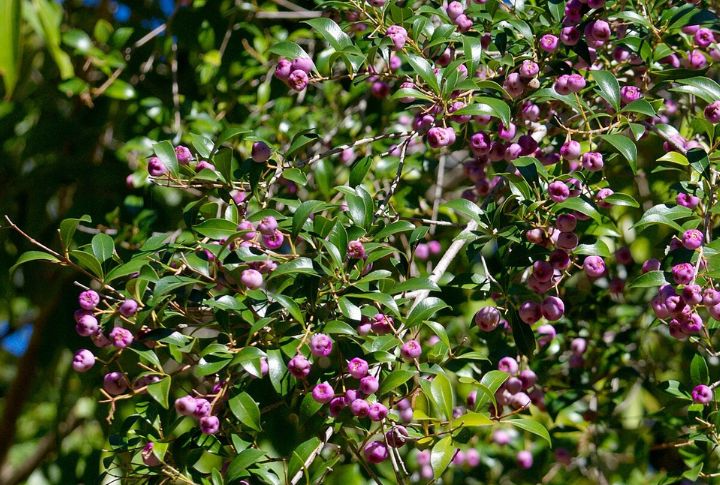
When a garden needs both coverage and style, Lilly Pilly steps in. Its fast-growing form creates natural screens, while fresh red-bronze foliage and pink summer berries bring charm. Look for psyllid-resistant varieties to avoid leaf issues. Done right, it’s a standout that doesn’t ask for much.
Star Jasmine
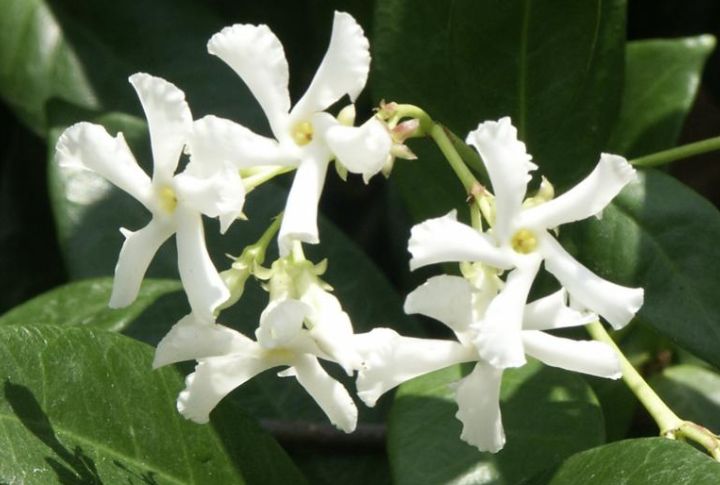
Don’t be fooled by the name; it isn’t a true jasmine. However, its perfume might convince you otherwise. Star Jasmine flowers in spring and summer with star-shaped, white blooms that pull pollinators in. It grows easily in sun or shade, needs little care, and adds year-round shine with its glossy green leaves.

